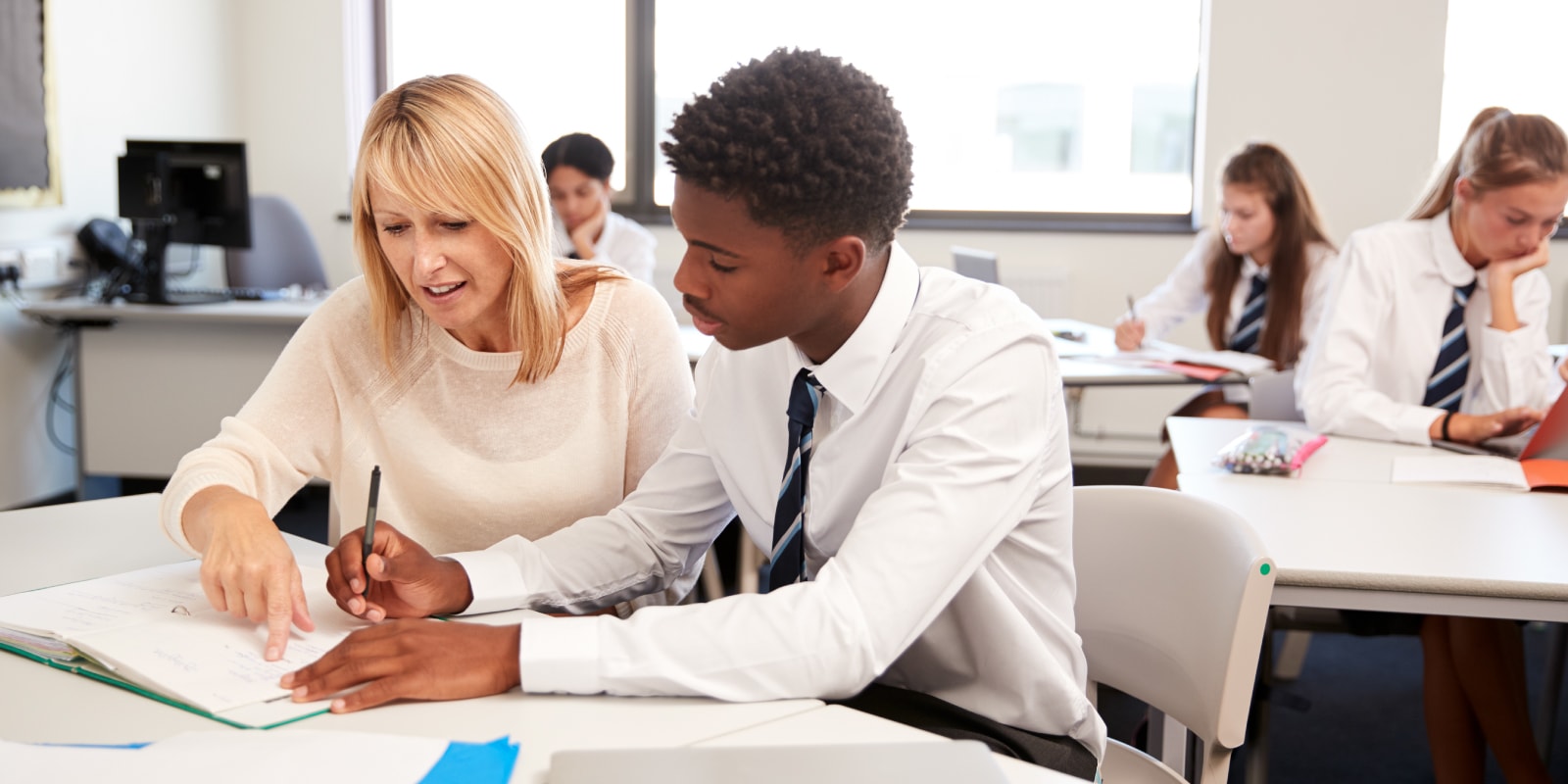
We're on the verge of big changes in assessment
Preparing for a Renaissance in Assessment, written by Pearson’s Chief Education Advisor Sir Michael Barber and assessment expert Dr Peter Hill, says that new technologies will transform assessment and testing in education.
In a Q&A session about the essay, Barber says, “We are about to see big changes in the possibilities of assessment as a result of technology. Current assessment systems around the world are deeply wedded to traditional testing and exams and, some might argue, are holding us back from potential reforms. We should seize the opportunity and not cling to the past.”
According to the authors:
- Adaptive testing (for example, tests that evolve in real time on screen) will help generate more accurate tests and reduce the amount of time schools spend on testing
- Smarter, automated marking of exams will help improve accuracy and reduce the time teachers spend marking “rote” answers
- Technology will help combine student performance across multiple papers and subjects.
- Assessment will provide on-going feedback, which, will help personalise teaching and improve learning.
- New digital technologies will minimise opportunities for cheating in exams or “gaming the system”.
- The essay argues that current assessment methods are no longer working, so that even the top performing education systems in the world have hit a performance ceiling.
The authors set out a ‘Framework for Action’ that details the steps that should be taken for “policymakers, schools, school-system leaders and other key players to prepare for the assessment renaissance” (1):
- Think long-term - we don’t know when the renaissance will arrive but we need to be prepared by investing in the capacity to bring it about
- Build partnerships - we need to build partnerships between teachers and governments, and everyone working in education and technology
- Create the infrastructure - having high quality technological infrastructure at all levels in the system, including at individual schools level, is critical
- Develop teacher capacity - invest in developing teachers’ familiarity with both technology and sophisticated assessment
- Allow variation in implementation - encourage schools and teachers to innovate with a framework for implementation and learn from the most successful examples
- Adopt a delivery approach - make it a priority, plan ahead, ensure routine check-ins with all key players and make clear who is responsible
- Communicate consistently - from government and leading educators working together and from school leaders to parents
- Apply the change knowledge - our starting point needs to be our knowledge base of what it takes to achieve successful, system-wide change including building a shared vision and learning from pioneers.
Barber and Hill conclude the essay by saying that the significance of the coming renaissance in assessment should not be underestimated and “that it will help secure high standards for all, remove current achievement ceilings and support a focus on… skills vital for living and learning in the twenty-first century.” (2)
(1) Barber & Hill, Preparing for a Renaissance in Assessment, 64.
(2) Barber & Hill, Preparing for a Renaissance in Assessment, 70.
This article is a summary of:
Barber, M. & Hill, P. (2014). Preparing for a Renaissance in Assessment. London: Pearson.
Preparing for a Renaissance in Assessment is available to download below. Summary written by Vikki Weston.







